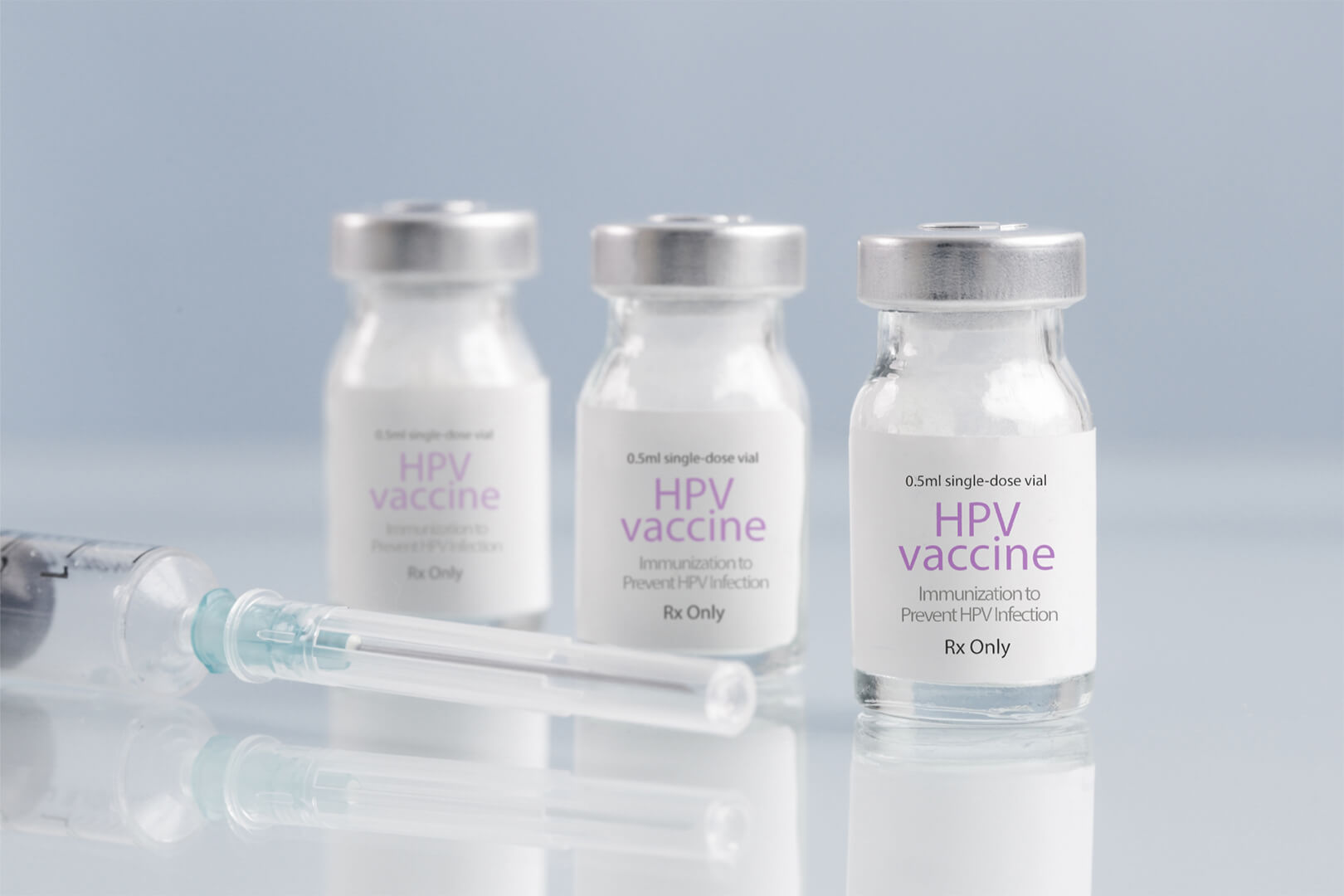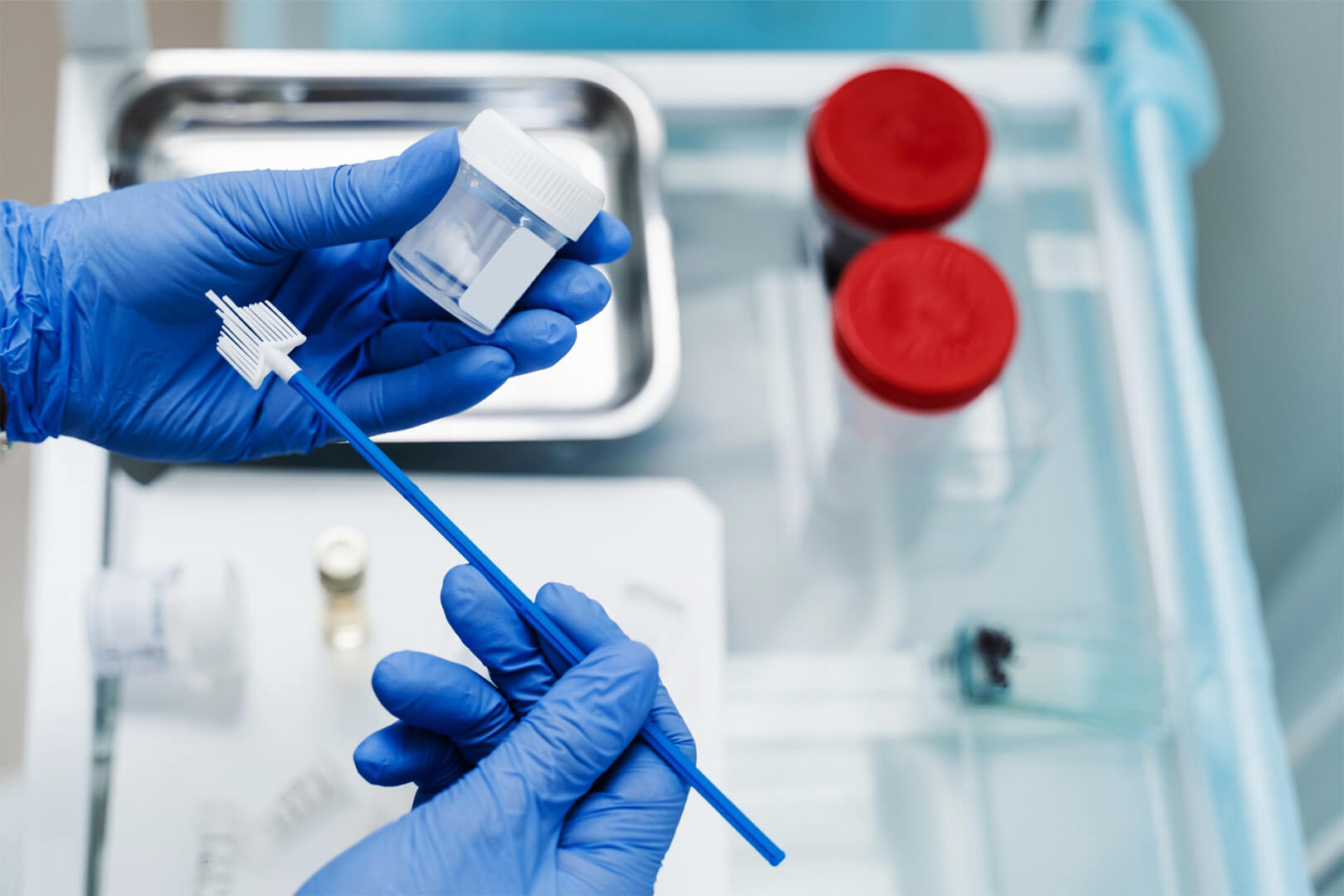Engaging in oral sex is often perceived as a lower-risk sexual activity compared to other forms. However, it is important to note that oral sex can still transmit several sexually transmitted diseases (STDs), including gonorrhea, syphilis, and chlamydia. While the risks might differ for each STD, transmission through oral sex remains a real concern.
Many may underestimate the likelihood of contracting infections such as syphilis and genital herpes in this way. Syphilis can spread through oral sex if one partner has sores in the mouth or throat, and genital herpes can also be transmitted when oral contact occurs with an infected area. The risk of these infections may depend on factors like the presence of symptoms and how long an individual has been infected.
Preventive measures, including the use of protection, are crucial to minimize the chance of transmission. Despite being considered less risky than other sex acts, oral sex should not be overlooked when discussing safe sex practices. Understanding the types of STDs that can be transmitted this way and being aware of symptoms can help individuals make informed decisions about their sexual health.
UNDERSTANDING STDS FROM ORAL SEX
Engaging in oral sex can transmit a variety of sexually transmitted diseases (STDs). Key transmission methods involve bodily fluids, and several common STDs are particularly associated with oral sex practices. Proper protection and awareness are crucial.

TRANSMISSION METHODS
Oral sex, involving contact with the mouth to genitals or anus, allows for the transfer of infections primarily through bodily secretions like semen, vaginal fluids, or blood. Pathogens thrive in these fluids, making it easier for infections to spread. Saliva can also play a role, although it’s typically less significant compared to other fluids.
Barrier methods such as condoms or dental dams substantially reduce the risk of transmission. Consistent usage during oral activities can prevent many infections. Furthermore, maintaining oral hygiene and avoiding oral sex if there are cuts or sores in the mouth can decrease the likelihood of infection.
COMMON STDS ASSOCIATED WITH ORAL SEX
Several STDs can be transmitted through oral sex, including gonorrhea and syphilis, which affect the throat and mouth. Gonorrhea can lead to pharyngeal infections, often without symptoms, yet still highly contagious. Herpes simplex virus can spread via oral contact, with cold sores increasing transmission risk.
Chlamydia and human papillomavirus (HPV) are other common infections. HPV, known for causing throat warts and certain cancers, highlights the importance of vaccination. Health professionals recommend regular STD screenings for sexually active individuals to manage risks effectively and ensure early detection and treatment.
RISK FACTORS AND PREVENTION
Understanding how to minimize the risk of contracting STDs through oral sex involves adopting specific practices. Utilizing barrier methods and ensuring regular vaccinations and testing are key measures in reducing infection rates.

RISK REDUCTION PRACTICES
Certain practices can help reduce the risk of transmitting STDs through oral sex. Individuals who avoid engaging with multiple partners generally lower their exposure risk significantly. Maintaining good oral hygiene can also help, as open sores or cuts in the mouth might increase vulnerability to infection. Abstaining during periods of active oral infections or dental work is another preventive measure. Limiting alcohol and drug consumption, which might impair judgment, can further aid in keeping the risk low.
BARRIER METHODS
Barrier methods like condoms and dental dams are effective in preventing the transmission of STDs during oral sex. They act as a physical barrier, minimizing contact with bodily fluids. Condoms are typically used during oral sex on a penis, while dental dams are suitable for oral-vaginal and oral-anal contact. Opt for latex or polyurethane variants, as these materials are less likely to break. For best results, these barriers should be used consistently and correctly every time.
VACCINATION AND REGULAR TESTING
Vaccination is a powerful tool against certain STDs. Vaccines for Hepatitis A, Hepatitis B, and Human Papillomavirus (HPV) are particularly useful for sexually active individuals. Regular testing is crucial to identifying and treating infections early, thereby reducing further spread. Healthcare providers often recommend tests based on a person’s sexual history and activity level. Establishing a routine can be a proactive approach to maintaining sexual health.
DIAGNOSIS AND TREATMENT
Detecting and addressing STDs contracted through oral sex involves recognizing symptoms, obtaining a professional diagnosis, and selecting appropriate treatment. Symptoms may include sores, rashes, or inflammation. Diagnosis usually requires medical testing. Treatments vary based on the specific STD and often involve medication.

SYMPTOMS AND SIGNS TO IDENTIFY
Individuals may notice specific symptoms if an STD is contracted through oral sex. These can include sores or rashes in the mouth, throat, or genital area. Swollen lymph nodes, sore throat, or white patches in the throat can also be warning signs. Painful swallowing or persistent headaches may indicate an infection. Gonorrhea and syphilis are examples of STDs that may manifest these symptoms when contracted orally. Early recognition is crucial for effective treatment.
PROFESSIONAL DIAGNOSIS
Diagnosing an STD from oral sex typically involves a visit to a healthcare professional. Doctors may conduct physical exams and inquire about symptoms. Tests often include throat swabs or blood tests, depending on the suspected infection. For instance, detecting oral gonorrhea involves a swab of the throat area. Oral HPV may be harder to detect, as specific tests are not commonly available. Consulting with a healthcare provider ensures accurate diagnosis and prevents complications.
TREATMENT OPTIONS
Treatment for STDs contracted through oral sex varies based on the infection type. Bacterial infections such as gonorrhea or chlamydia typically respond well to antibiotics. Viral infections, including herpes, require antiviral medications to manage symptoms. Professionals may advise a combination of drugs to fully eliminate the infection. In some cases, regular monitoring and follow-up testing ensure the effectiveness of treatments. Addressing STDs promptly prevents further transmission and promotes recovery.

